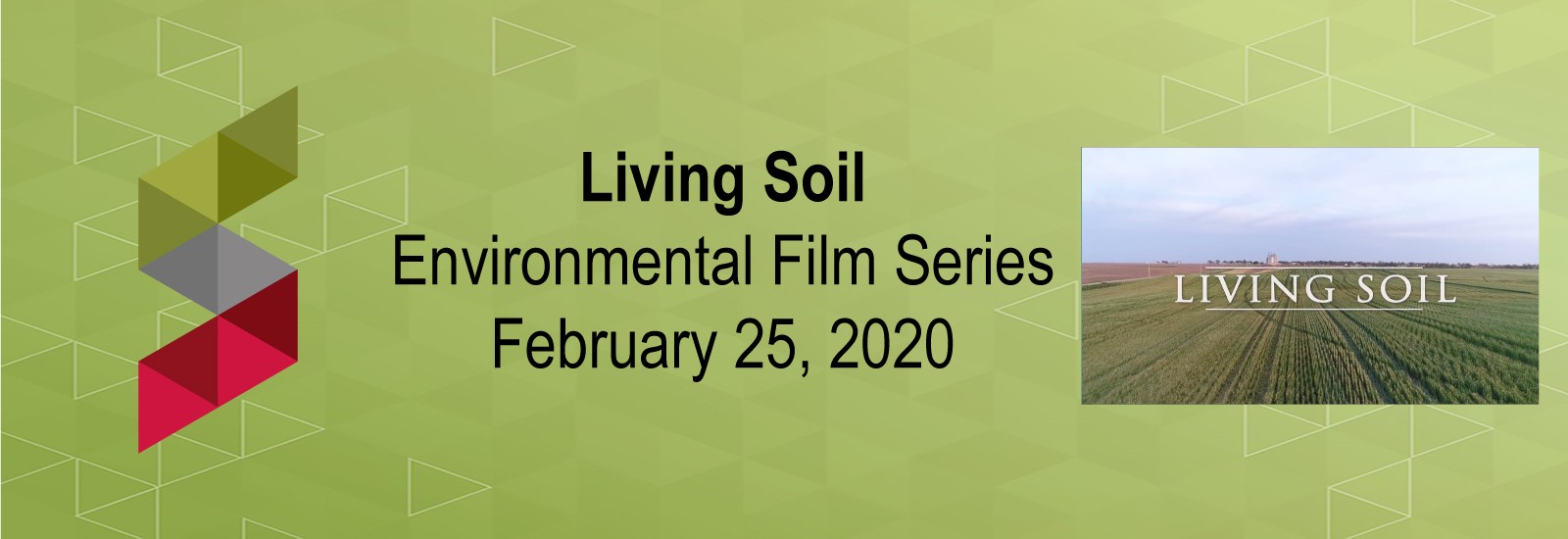5th Environmental Film Series with discussions led by Ohio State and local experts
Health is vital for humans, yes? Well, soil health is too -- for our economy, for food, fiber, biofuels, and now we know, for our environment too. By providing ecosystem services like nutrient and carbon management. Hear from Rattan Lal, soil and carbon scientist and internationally recognized Ohio State faculty.
Living Soil 11/2018, 60 minutes, by the Soil Health Institute
Our soils support 95 percent of all food production, and by 2060, our soils will be asked to give us as much food as we have consumed in the last 500 years. Soils filter our water and are one of our most cost-effective reservoirs for sequestering carbon. They are our foundation for biodiversity. And they are vibrantly alive, teeming with 10,000 pounds of biological life in every acre. Yet in the last 150 years, we’ve lost half of the basic building block that makes soil productive. The societal and environmental costs of soil loss and degradation in the United States alone are estimated to be as high as $85 billion each year. Like any relationship, our living soil needs our tenderness. It’s time we changed everything we thought we knew about soil.
Presenter and Discussion Leader
Rattan Lal, Ohio State Distinguished University Professor, School of Environment and Natural Resources and leading world authority on soil health and carbon.
Additional Discussion Leader: Fred Yoder (invited), Madison County conservation grain farmer, co-chair, Solutions from the Land and North American Climate Smart Agricultural Alliance, and past-president, National Corn Growers Association
Film Synopsis
Living Soil tells the story of farmers, scientists, and policymakers working to incorporate agricultural practices to benefit soil health for years to come. Living Soil takes you on a journey from lush landscapes in Oregon, the sun-baked fields of California, the vast green acres of the Midwest, to the waterfront farming and fishing communities in and around the Chesapeake Bay. Each farmer shares a story as unique as the soil they manage with a shared theme that resonates throughout the film: Our soil is a special resource we should all cherish and strive to protect. Decades of conventional farming practices have done well to feed the increasing population of the world but have depleted our soils of nutrients and organic matter. The agronomists in Living Soil explain soil management practices they believe will reverse our declining soil health as well as benefit the air, water, and our personal health in the process. For the past several decades, conventional farming practices position a majority of the farmland throughout the United States as highly-tilled monocropping areas with exposed soil surfaces during part of the year. These exposed soils lose nutrients and carbon into the water and air. We travel to the Chesapeake Bay to hear farmers and environmentalists who have created a plan that includes incentives for farmers to begin cover crop practices throughout the state of Maryland.
